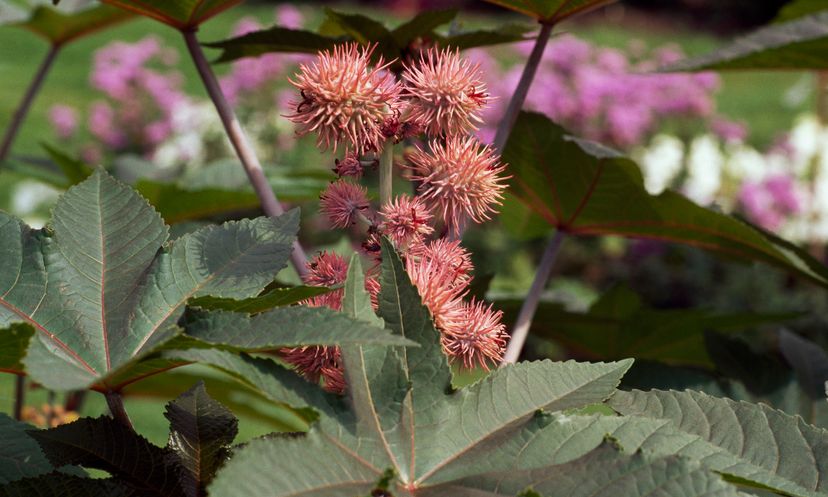
About This Quiz
Plants provide us with oxygen, food, beauty, fragrance and medicine. But plants can also kill. You may even have deadly varieties right outside your kitchen window. Find out how much you know about poisonous plants in this quiz.Ricin is a poisonous protein toxin found throughout the castor bean plant (mostly concentrated in the seed coating). As few as three seeds can kill a child who swallows them.
If you're suffering from nausea, abdominal cramps, vomiting, internal bleeding or kidney and circulation failure, you could be the victim of castor bean poisoning.
Horses, as well as rabbits and sheep, can eat the plant's leaves without any ill effects, while birds safely feed on the berries.
Advertisement
The deadly nightshade plant is characterized by its purple, scented flowers, as well as its juicy black berries.
Atropine, which serves to dilate a patient's pupils, is often used by doctors performing eye surgery. In sufficient doses, though, this poison paralyzes nerve endings and leads to blurred vision, headaches, confusion and convulsions.
Until the seed's coating is broken, the poison abrin contained in rosary pea seeds is harmless. So if you swallow them whole and they pass through your digestive track that way, you'll be fine.
Advertisement
The rosary pea poses greater danger to the jewelry maker than to the wearer. There are many reported cases of death when jewelry makers prick a finger while handling the rosary pea.
The cicutoxin poison present in water hemlock causes violent and painful symptoms -- no amount of the plant's root is considered safe to ingest.
The water hemlock's deadly white roots are sometimes mistaken for parsnips -- a potentially fatal error.
Advertisement
For a chance at successful recovery, patients are induced to vomit, have their stomachs pumped or fed activated charcoal to absorb as much of the powerful poison as possible.